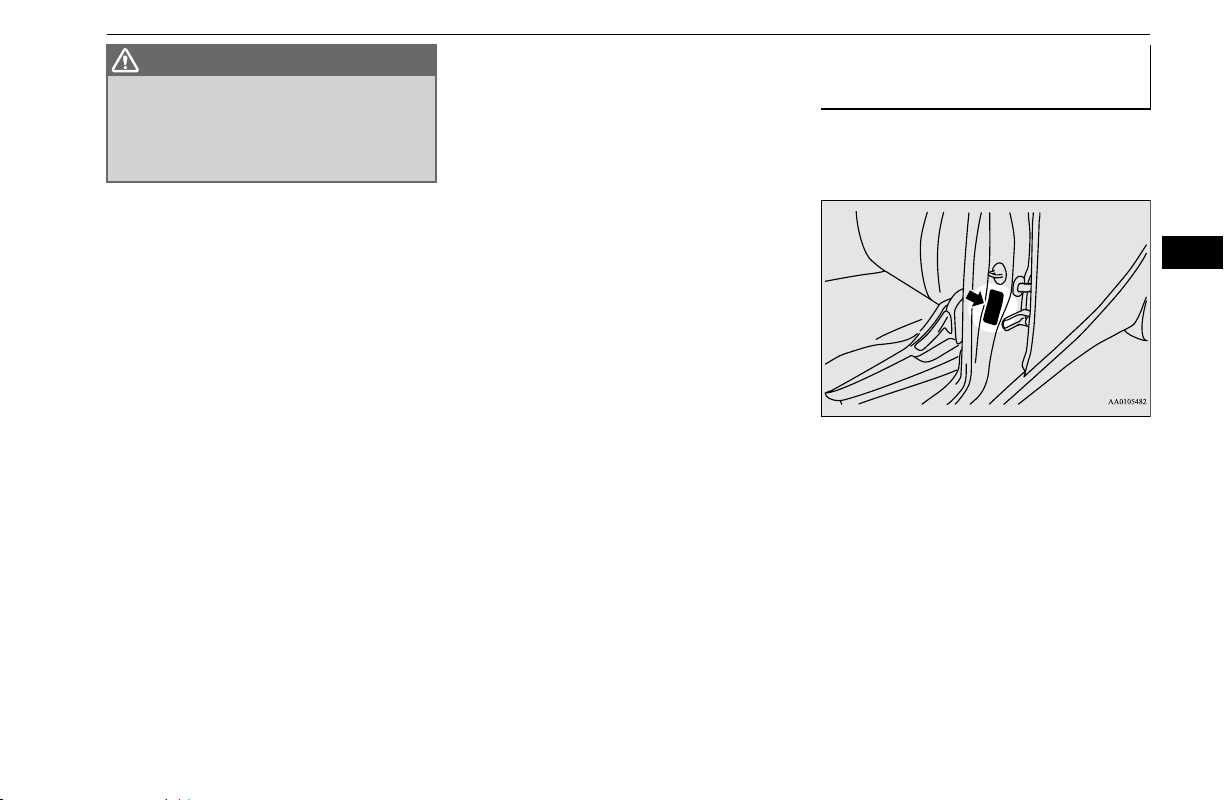Loading ...
Loading ...
Loading ...

Loading information
Driving safety 6-7
6
It is important to familiarize yourself with the
following terms before loading your vehicle:
Vehicle maximum load on the tire: load
on an individual tire that is determined by
distributing to each axle its share of the
maximum loaded vehicle weight and
dividing by two.
Vehicle normal load on the tire: load on an
individual tire that is determined by dis-
tributing to each axle its share of the curb
weight, accessory weight, and normal
occupant weight and dividing by two.
Maximum loaded vehicle weight: the sum
of -
(a) Curb weight;
(b) Accessory weight;
(c) Vehicle capacity weight; and
(d) Production options weight.
Curb weight: the weight of a motor vehi-
cle with standard equipment including the
maximum capacity of oil, and coolant.
Accessory weight: the combined weight
(in excess of those standard items which
may be replaced) of automatic transmis-
sion, power steering, power brakes, power
windows, power seats, radio, and heater,
to the extent that these items are available
as factory- installed equipment (whether
installed or not).
Vehicle capacity weight: the rated cargo
and luggage load plus 150 lbs (68 kg)*
times the vehicle’s designated seating
capacity.
Production options weight: the combined
weight of those installed regular produc-
tion options weighing over 5 lbs (2.3 kg)
in excess of those standard items which
they replace, not previously considered in
curb weight or accessory weight, includ-
ing heavy duty brakes, ride levelers, roof
rack, heavy duty battery, and special trim.
Normal occupant weight: 150 lbs (68 kg)*
times the number of specified occupants.
(In your vehicle the number is 2)
Occupant distribution: distribution of
occupants in a vehicle as specified. (In
your vehicle the distribution is 2 in front
seat)
N00630100370
The tire and loading information placard is
located on the driver’s door sill.
This placard shows the maximum number of
occupants permitted to ride in your vehicle as
well as “the combined weight of occupants
and cargo” (C), which is called the vehicle
capacity weight. This placard also tells you
the size and recommended inflation pressure
for the original equipment tires on your vehi-
cle. For more information, refer to “Tires” on
page 9-10.
WARNING
Never overload your vehicle. Overloading
can damage your vehicle, adversely affect
vehicle performance, including handling
and braking, cause tire failure, and result
in an accident.
*: 150 lbs (68 kg) is the weight of one per-
son as defined by U.S.A. and Canadian
regulations.
Tire and loading information
placard
BK0220401US.book 7 ページ 2015年6月3日 水曜日 午前7時42分
Loading ...
Loading ...
Loading ...